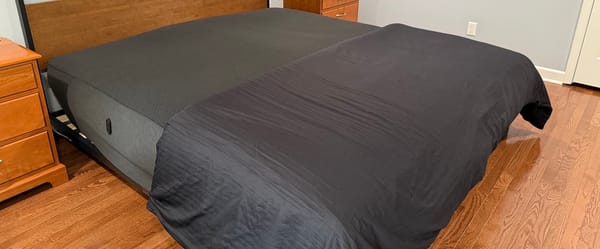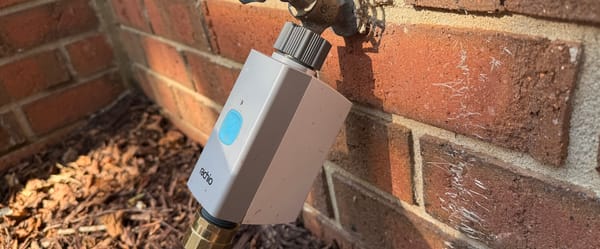Apple Watch Series 10 vs. SE 2: 14 Reasons to Consider an Upgrade
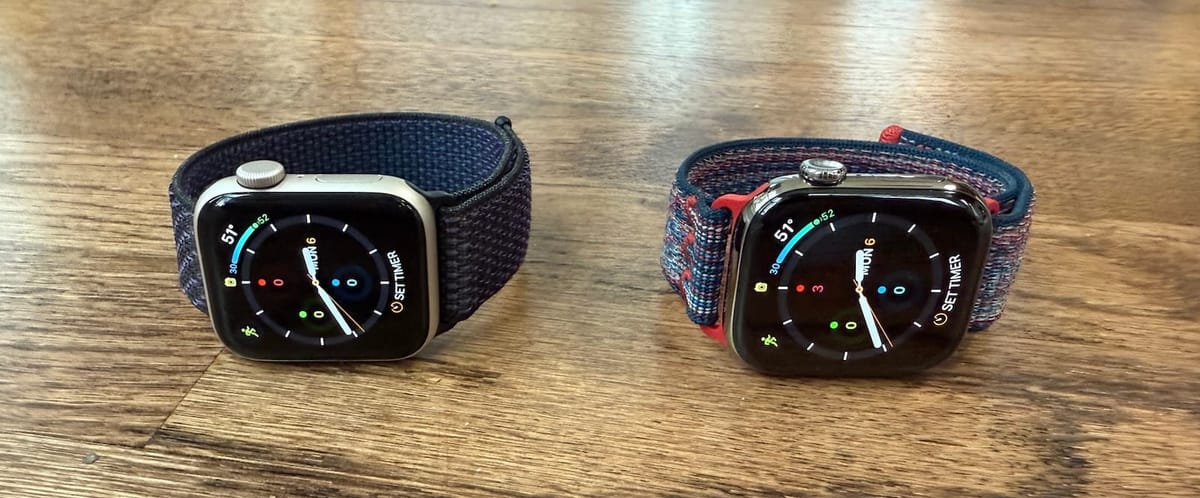
I’ve been buying the newest Apple Watch every year since the original launched a decade ago. And since 2020, I’ve also picked up the Apple Watch SE each year to see how it stacks up against Apple’s flagship models.
When I first put on the Apple Watch SE 2, I’m always struck by the size of the bezels and the smaller screen. It feels like a big step back from the Series models I’m used to. But here’s the funny part—after a couple of days, I forget the SE isn't the latest model. It does everything I need on a day-to-day basis. For most users, I’m convinced it’s good enough.
This year, I decided to put my theory to the test by handing my Series 10 to my wife, a non-techie and proud SE 2 owner. After wearing the Series 10 for two weeks, her verdict was, "Yeah, the screen is bigger, but my old watch is fine." She went back to her SE 2 like nothing happened.
Here’s the truth: if you want the latest and greatest, the Series 10 is absolutely the better watch. The larger screen, Always-On display, and subtle improvements like precise iPhone finding and fast charging are all solid upgrades. But assuming you can find the SE 2 for $200 on Amazon, is it worth spending an extra $200 for the Series 10? For most people, probably not. The SE remains the best value. It’s the watch I recommend to first-time buyers and my friends and family.
But if you’re an existing Apple Watch owner or someone who craves that "new tech" feeling, the Series 10 might be worth it. To help you decide, I’ll break down 14 key differences between the two models.
1. 10 Minor Upgrades
Both the SE 2 and Series 10 have a compass, always-on altimeter, fall detection, cellular plan option, and Family Setup. Before going into major differences, let's touch on ten minor features. While not game-changers, if several of these resonate with you, the Series 10 might be a better fit.
- iPhone finding has been a feature since day 1 of Apple Watch, but the Series 10 has "precise finding." Tap on the phone shake icon and your phone will beep like normal, but the watch screen shows how far away your phone is dynamically, just like an AirTag, which is great when it’s lodged in a cushion.
- The Series 10 has "double tap." Introduced in the Series 9, this feature remains a bust. In theory, it’s helpful for tasks like stopping a timer with messy hands. In practice, it’s clunky and easier to just touch the screen. SE users can enable similar functionality through Assistive Touch (for those who want it).
- The Series 10 has the S10 chip, compared to the SE’s S8 chip, which is faster in benchmarks, but in day-to-day usage, I never notice a difference between the two watches. However, this chip upgrade likely helps with battery efficiency, which we'll get into below.
- The Series 10 lets you type with a keyboard on both the 42mm and 46mm models. It’s not ideal and I’m not a huge fan, especially on the 42mm model, but it can be useful in a pinch.
- The Series 10 has a speaker, just like the SE, but the S10’s speaker can be used to play music, which might come in handy.
- An ECG reader, which is accessible by holding a finger on the Digital Crown for 30 seconds.
- A temperature sensor, which is primarily used for ovulation tracking, but it can be used for spotting other health trends too.
- The Series 10 has a new LTPO3 OLED display with a wider viewing angle, which is noticeable if you’re looking for it, but doesn’t help much during normal usage. The Series 10 can get twice as bright as the SE too, which might be helpful if you spend a ton of time outside. But I've never had any issue seeing my watch outside in nine years, and I only keep mine on 50% brightness.
- The Series 10 has a 3rd-generation optical heart sensor compared to the second generation on the SE 2. In side-by-side testing over the last few years, I haven't noticed a difference in real life.
- Dual-band WiFi support (2.4GHz and 5GHz) is another feature that exists but probably won’t be super helpful to most.
2. Always-On Screen
Series 10’s biggest feature upgrade from the SE is the Always-On screen. To understand the importance of the Always-On screen, first, let’s go over how the screen on the SE works.
How the screen turns on:
- The SE’s screen turns black when it isn’t in use. Twist your wrist towards your eyes to wake the screen. It should happen naturally and not feel forced. The twist to wake worked 98% of the time.
- Tap on the display to light it up.
- Twist the Digital Crown to light up the display slowly, then twist it back to make it go black.
On the other hand, the Series 10's display never fully turns off. It dims to a low brightness and drops the refresh rate to 1Hz when inactive but stays visible for time and notifications. Reactivating to full brightness is easy with a wrist move, screen tap, or crown twist.
The Always-On display is fantastic for quick glances during workouts, eliminating the need to wake the screen. However, in daily life, I find it more distracting than useful. My wife felt the same after using the Series 10 for a couple of weeks.
Personally, I keep the Always-On feature disabled. Not only do I find it overrated, but turning it off also gives me extra battery life. That said, I realize my opinion is in the minority. I prefer to be more intentional with my technology usage, rather than having it always there.
3. Screen Size
Over the years, Apple has increased the display size three times by reducing the black bezel area around the screen, pushing pixels closer to the edge while keeping the case size nearly unchanged. Essentially, they’ve been gradually trimming the bezels every few years.
The SE 2 has remained at 40mm and 44mm, while the Series 10 now offers 42mm and 46mm models. Despite the 2mm increase, the watch doesn’t feel any bulkier. The 42mm Series 10 has about 30% more pixels than the 40mm SE, and the 46mm Series 10 has 25% more pixels than the 44mm SE 2. Interestingly, the smaller 42mm Series 10 packs roughly the same pixel count as the larger 44mm SE.

When comparing the SE and Series 10 side by side in their respective sizes, the difference in the black bezel area on the SE is immediately obvious. The SE’s thicker bezel is hard to ignore, especially compared to the edge-to-edge display on the Series 10. In day-to-day use, the additional pixels on the Series 10 make text clearer, easier to read, and improve overall usability—something that’s particularly helpful during exercise when you can’t give your full attention to the watch.
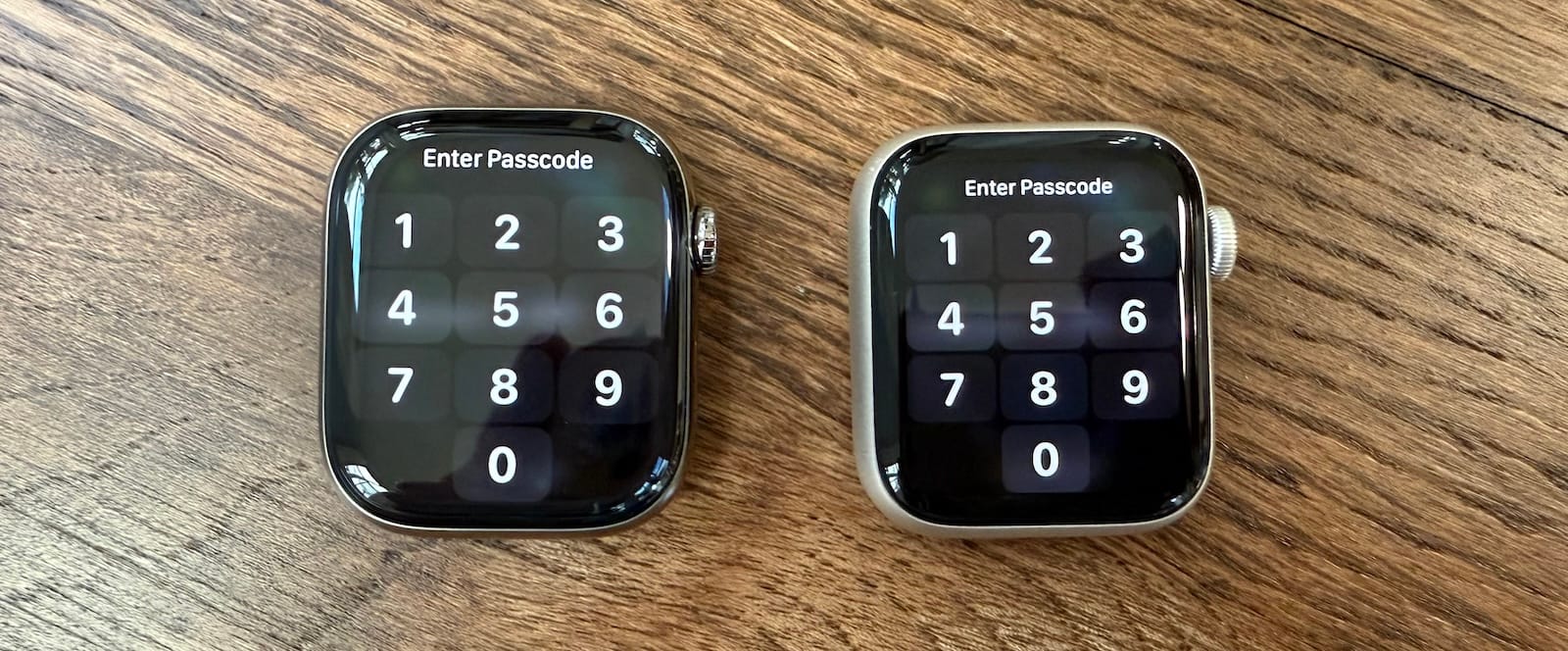
As I mentioned earlier, the smaller display on the SE is always the most jarring difference when switching back to it. For the first day or two, I’m usually disappointed by how dated it feels. But after a couple of days, I stop noticing the difference, and the SE works just fine.
First-time Apple Watch owners probably won’t care much about the display size difference. However, for those upgrading from an older model, the Series 10’s larger display feels like a meaningful improvement and is probably a bigger deal than the Always-On feature.
4. Battery
The 40mm SE has a 245mAh battery, while the 42mm Series 10’s 282mAh battery provides a 15% increase. For the larger models, the 44mm SE’s 296mAh battery is surpassed by the 46mm Series 10’s 327mAh battery, offering a 10% boost.
Both models are advertised as having "all-day battery" life, which Apple defines as 18 hours. However, in my tests (with default settings), I got about 30 hours of runtime on both small-size watches. In my testing from last year, the larger models typically offered a few extra hours.
To ensure a fair comparison, I tested the Series 10 with its Always-On display disabled since the SE doesn’t have that feature. With Always-On turned off, the Series 10 lasted about 36 hours in my testing—roughly 20% longer than the SE. Of course, results will vary depending on usage patterns, but I followed the same daily routine during testing to keep things as consistent as possible.
Ultimately, the difference in battery life between the Series 10 and SE is relatively minor. However, the Series 10’s larger battery and more efficient chip may make a difference if you plan to keep your watch for several years. For example, my wife’s two-year-old SE now struggles to last a full day before dying. The additional battery capacity in the Series 10 should help extend its longevity.
| SE 2 | Series 9 | Series 10 | |
|---|---|---|---|
| Time to 80% | 1.5 hours | 45 minutes | 30 minutes |
| Time to 100% | 2.5 hours | 1.25 hours | 1 hour |
Another key advantage of the Series 10 is its fast charging. It reaches 80% in about 30 minutes and fully charges in an hour, compared to the SE’s 2.5-hour charge time. This faster charging is convenient for sleep tracking and allows for quick top-ups during the day.
5. Build Quality
The SE offers three aluminum case colors (Midnight, Starlight, and Silver) with an Ion-X glass display, while the Series 10 comes in Jet Black, Rose Gold, Silver with an upgraded Ion-X glass that's more crack resistant. If you're eyeing the base model SE at $249 or the Series 10 at $399, the material differences aren't significant.
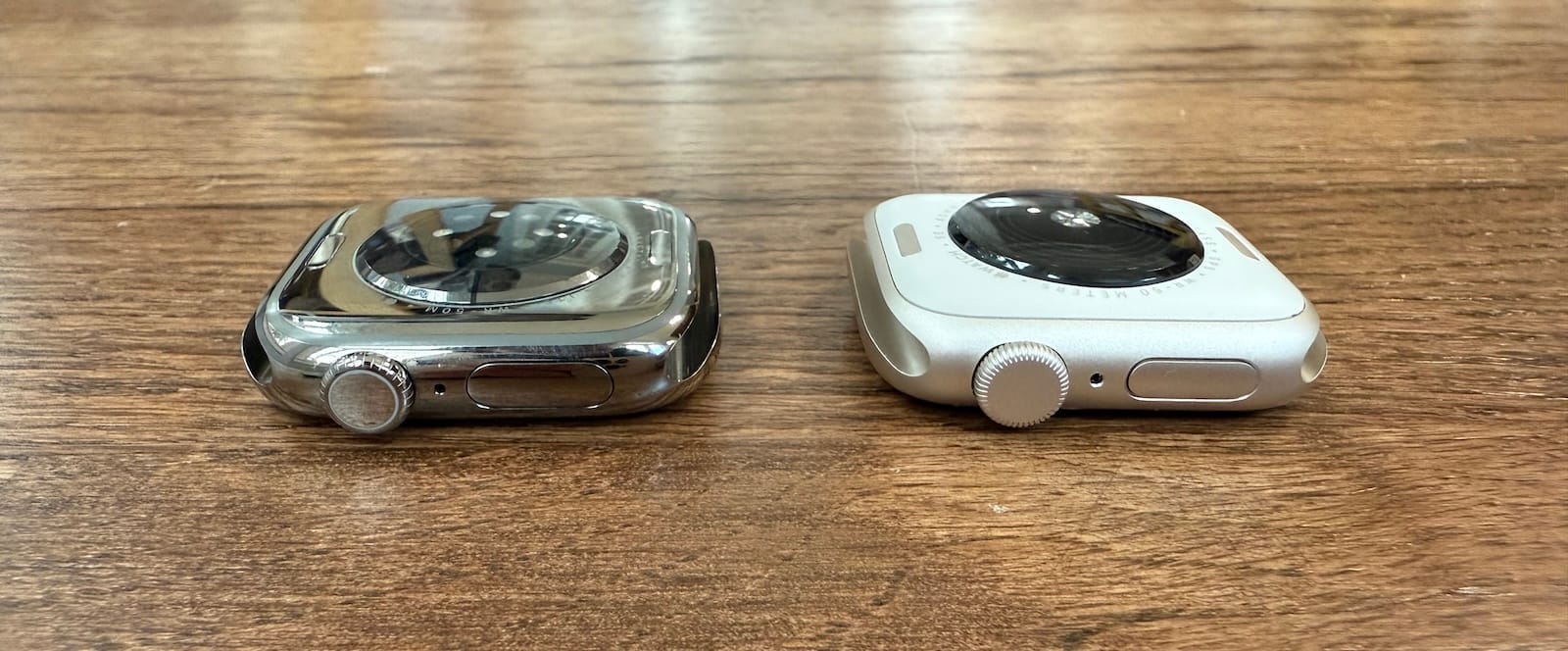
One interesting difference is that the Series 10 is about 10% thinner than the SE, thanks to a reduction in the bottom part of the watch. This subtle change makes it sit closer to the wrist, offering a noticeable but understated improvement.
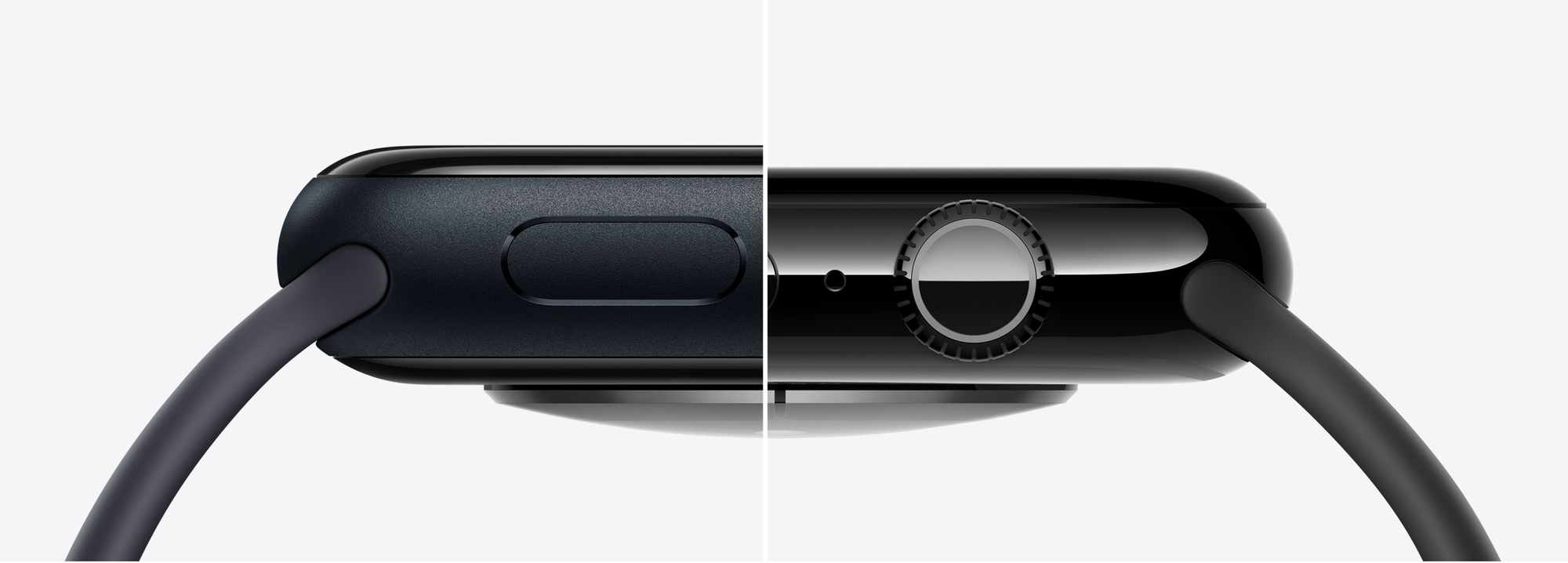
On the higher end, the new titanium models with sapphire glass are an awesome investment if you’re not constrained by budget because they’re more durable and scratch-resistant than Ion-X glass. The premium build quality of the higher end Apple Watch models (stainless steel from previous years or titanium) is my primary reason for avoiding the SE each year. However, if you never experienced the high end materials for yourself, you’ll probably be content with the SE. You don’t know what you don't know.
Which is best for you?
Apple Watch Series 10
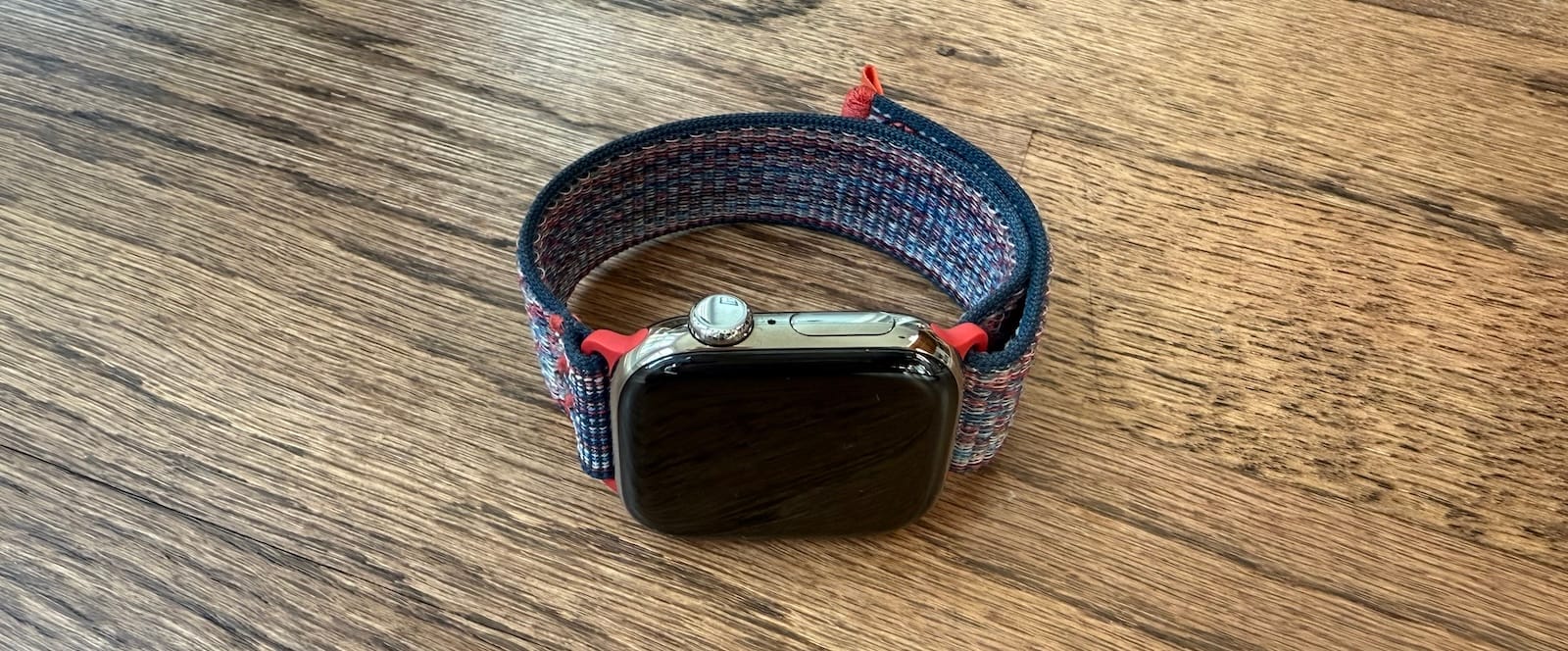
Get the Apple Watch Series 10 if you want an Always-On display and more pixels than the SE. Features like the precise phone finding, quick charging, music speaker, and keyboard are useful but not game-changers. For me, the main draw of the Series 10 is the premium titanium models with their high-end materials. However, at $699, they’re not in everyone’s budget. If you’re reading this, you’re probably comparing the base models, where the decision comes down to value versus extra features.
Apple Watch SE 2
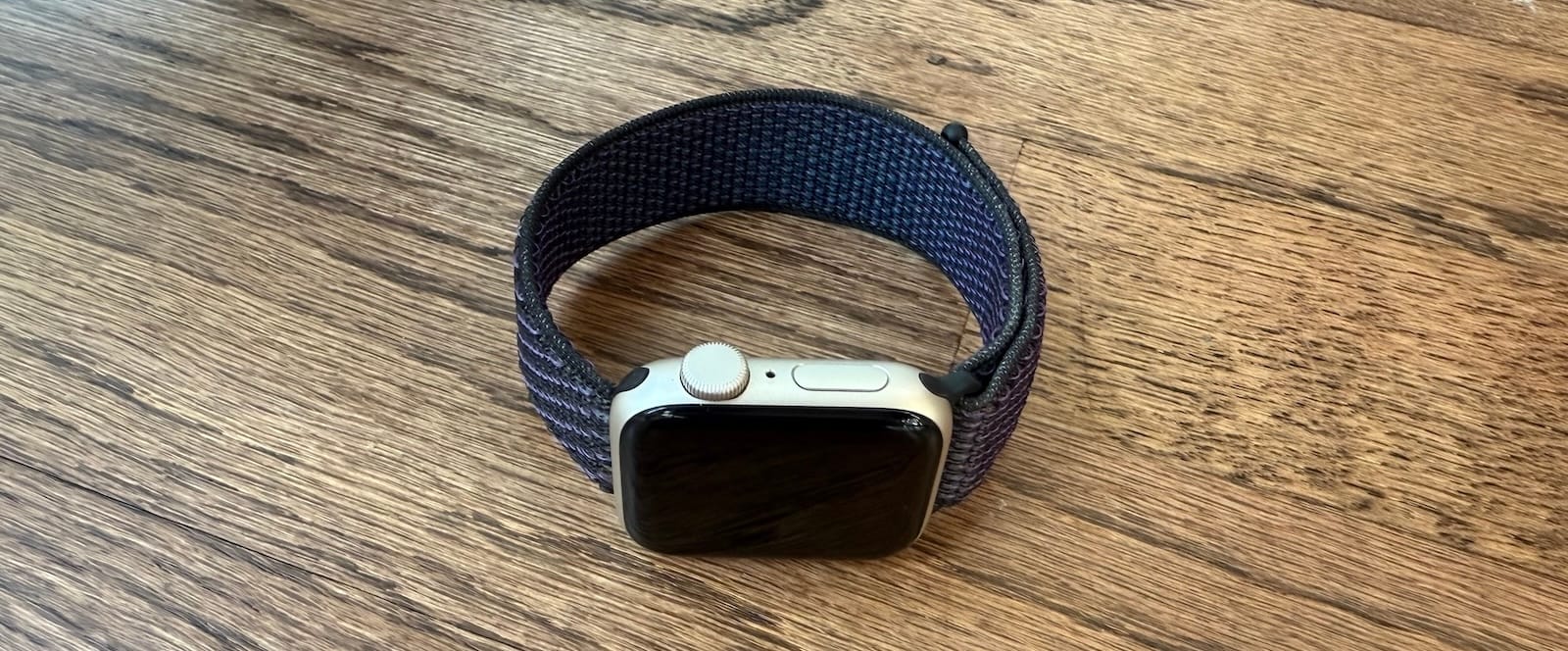
Get the Apple Watch SE 2 if it’s your first Apple Watch and you want to save money. The SE is an excellent value, offering similar speed and all the key features found in the Series 10. For owners of older Apple Watch models, it’s a great option if you’re fine with the standard aluminum finish and don’t mind the screen turning off when not in use. The biggest trade-off for most users is the lack of an Always-On display, which, after five years of using it, I think is overrated.

